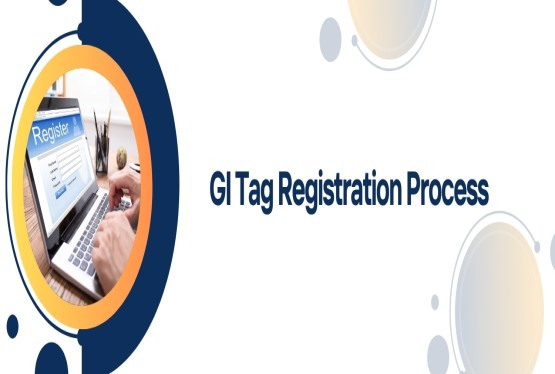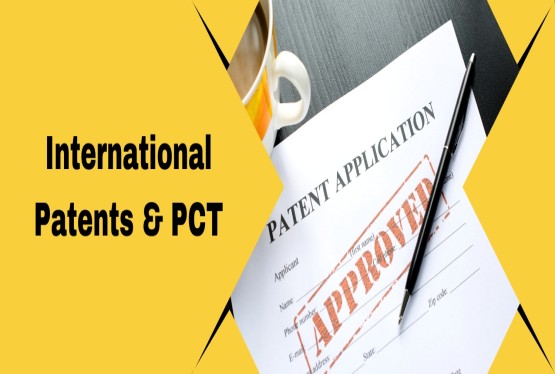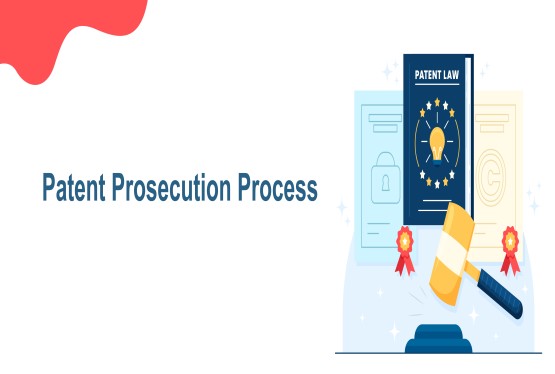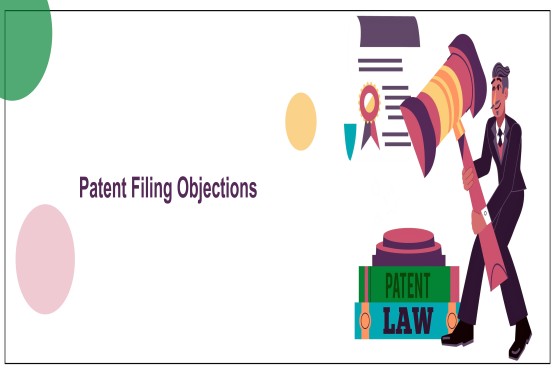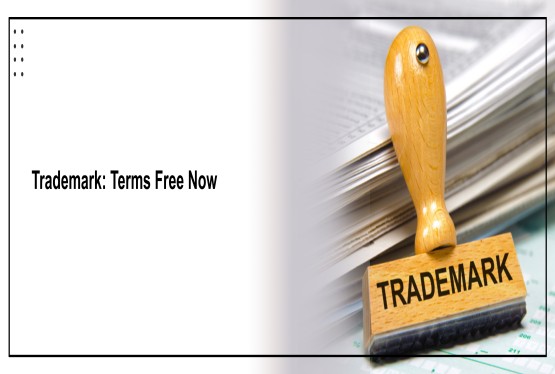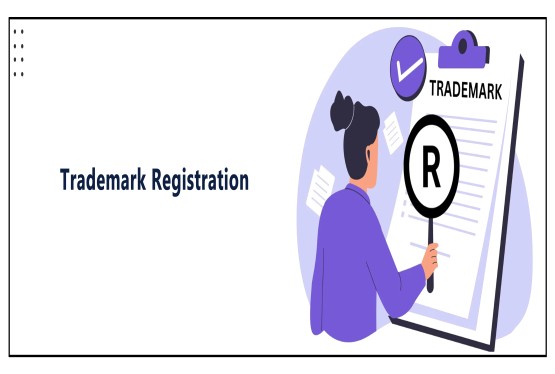Trademarks are essentially tools for businesses to protect their brand identities and distinguish their products or services from those of competitors. However, when it comes to marks of common usage symbols, shapes, or even everyday words the balancing act between protecting intellectual property and allowing fair competition becomes more difficult.
The challenge lies in determining where to draw the line between what is eligible for trademark registration as a unique identifier for a specific brand and what should remain in the public domain for general use. For instance, while it’s crucial for companies to safeguard their logos or slogans to maintain brand recognition and reputation, granting exclusive rights over something too generic or widely used could stifle competition and innovation.
Courts and trademark registry play a significant role in managing this issue. They assess whether a proposed trademark is distinctive enough for trademark protection, considering factors like its level of uniqueness and potential to cause confusion among consumers. Additionally, they examine whether granting trademark rights would unduly restrict competitors from using commonly understood symbols or terms in their own marketing efforts.
Ultimately, striking the right balance ensures that businesses can protect their brand investments while still working in a competitive marketplace where consumers have access to diverse choices and where innovation can thrive.
Trademarks
Trademarks are essential components of modern commerce, serving as valuable assets for businesses worldwide. These distinctive marks, symbols, logos, and phrases act as identifiers, allowing consumers to recognize and distinguish the goods or services of one company from those of another.
At its core, a trademark serves two primary functions:
-
Source Identification: Trademarks enable consumers to identify the source of a product or service. When individuals encounter a familiar logo or symbol, they associate it with specific qualities, characteristics, and experiences associated with that brand. For example, the Nike swoosh symbol instantly evokes notions of athleticism, performance, and quality footwear.
-
Brand Protection: Trademark registration provides legal protection to businesses by granting them exclusive rights to use their marks in connection with their goods or services. This exclusivity prevents others from using identical or similar marks in ways that could confuse consumers or dilute the distinctiveness of the original brand. It allows companies to safeguard their investments in branding, maintain customer loyalty, and preserve market share.
Trademarks can take various forms, including:
-
Word Marks: Consisting of words or phrases, such as brand names (e.g., Coca-Cola) or slogans (e.g., “Just Do It”).
-
Design Marks: Comprising logos, symbols, or graphics, like the Apple logo or the McDonald’s golden arches.
-
Combined Marks: Incorporating both words and designs, such as the Starbucks logo, which includes the company name alongside a pictorial element.
To obtain trademark protection, businesses typically register their marks with government authorities, such as the United States Patent and Trademark Office (USPTO) in the United States or Controller General of Patents, Designs and Trademarks, (Office of the Registrar of Trademarks), Ministry of Industry and Commerce, Government of India. Trademark registration provides several benefits, including enhanced legal rights, nationwide or international recognition, and a basis for enforcement against infringers.
However, not all marks are eligible for trademark protection. To qualify, a mark must be distinctive, meaning it must be capable of identifying the source of goods or services and distinguishing them from others in the marketplace. Marks that are generic, descriptive, or too similar to existing trademarks may face challenges in obtaining registration or asserting exclusive rights.
Status of Common Usage Marks in India: Definition and Examples
Common usage marks are those symbols, shapes, or phrases that are widely used and understood by the general public, often in everyday language or commerce. These marks pose unique challenges and considerations within the framework of trademark law, particularly regarding their eligibility for registration and enforcement.
According to Indian trademark law, marks that lack distinctiveness or are generic in nature are generally ineligible for trademark protection. A mark is considered generic if it merely describes the goods or services it represents, without indicating a particular source or origin. For example, terms like “apple” for apples or “bread” for bread products are considered generic and cannot be trademarked.
Similarly, marks that are commonly used in the relevant industry or trade may also face hurdles in obtaining trademark registration. This includes symbols or shapes that are universally recognized and commonly employed by multiple businesses within a specific sector. For instance, a generic symbol representing a generic product, like a plain circle for a generic software company, might not be eligible for trademark protection.
However, there are exceptions and nuances to consider. Some common usage marks may acquire distinctiveness over time through extensive use and consumer recognition. This process, known as secondary meaning or acquired distinctiveness, allows marks that were initially generic or descriptive to obtain trademark protection if they come to be associated uniquely with a particular brand. An example of this could be the “Amazon” brand, which started as a generic term but acquired distinctiveness through extensive use and marketing efforts.
It’s essential for businesses operating in India to carefully evaluate the distinctiveness and eligibility of their proposed trademarks, especially concerning common usage marks. Conducting comprehensive trademark searches and seeking legal advice can help ensure that trademarks comply with Indian trademark law and provide effective protection for brands in the marketplace.
Challenges Posed by Common Usage Marks
Common usage marks present several challenges within the realm of trademark law, as highlighted in the recent case decided by the Delhi High Court. The court’s ruling underscores the need to prevent the excessive control and monopolization of similar shapes under the guise of a single trademark registration.
In this particular case, the appellants, M/s. Suman International, found themselves in a legal dispute with Mahendra Gulwani and others over the use of a rose-shaped lollipop and associated trademarks. The respondents claimed exclusive rights over the distinct rose-shaped lollipop and argued that the appellants’ product, labeled as ‘SWEET ROSE LOLLIPOP,’ infringed upon their registered trademark, leading to consumer confusion.
However, the Delhi High Court took a critical view of the situation. The bench, led by Justice Vibhu Bakhru and Justice Amit Mahajan, emphasized the importance of maintaining a balance between trademark rights and preventing undue restrictions on common shapes or symbols. The court highlighted that while a party may possess a trademark registration for a specific mark or shape, they shouldn’t have the right to monopolize every single variation of that shape. Allowing such broad control could potentially stifle competition and innovation within industries where common shapes are prevalent.
The court’s decision to set aside the judgement in favor of the respondents was informed by several factors. Firstly, the court noted that the shape of a rose or flower for confectionery products like lollipops was not unique to the respondents’ brand alone. There was evidence suggesting that similar products had been manufactured and sold by multiple producers prior to the case in question. Additionally, the court emphasized that the respondents failed to demonstrate that their mark or shape had acquired distinctiveness or secondary meaning through extensive use.
Liability Risks for Trademark Owners
When trademark owners register marks that are of common usage, they run the risk of facing liability challenges, particularly if their registration is overly broad or if they attempt to enforce their rights too aggressively. One example that illustrates this risk is the case of “Apple” as a trademark.
Apple Inc., the technology giant known for its iPhones, iPads, and Mac computers, famously holds trademarks for the term “Apple” in various contexts related to electronics, software, and retail services. However, “apple” is also a common word used to refer to the fruit, and it’s a symbol often associated with health, nature, and nutrition.
In the past, Apple Inc. has faced legal disputes related to its trademark rights, particularly in cases where the term “Apple” was used in contexts outside of the technology industry. For example:
-
Apple Corps vs. Apple Computer: One of the most famous legal battles involving Apple Inc. was its prolonged dispute with Apple Corps, the multimedia corporation founded by The Beatles. The conflict arose because both companies used the term “Apple” in their names and logos, albeit in different industries (technology vs. music). Despite multiple settlements and agreements over the years, disputes resurfaced periodically, highlighting the complexities of trademark rights in different sectors.
-
Prepear vs. Apple: In this case Apple Inc. targeted a small business called Prepear, which offers a recipe management app, over its logo design. Prepear’s logo featured a pear with a bite taken out of it, reminiscent of Apple Inc.’s iconic bitten apple logo. Although the similarity between the two logos might seem tangential, Apple Inc. asserted its trademark rights and demanded that Prepear change its logo. This case sparked backlash from the public and raised questions about the extent to which trademark owners can enforce their rights, especially against smaller businesses operating in unrelated industries.
Best Practices for Managing Common Usage Marks
When dealing with marks of common usage, trademark owners must adopt strategic approaches to effectively manage their rights while minimizing potential liabilities and conflicts. Here are some best practices associated with common usage marks:
-
Conduct Comprehensive Trademark Searches: Before applying for trademark registration, conduct thorough searches to assess the availability and distinctiveness of the mark. This includes identifying any existing trademarks, common usage of similar marks in relevant industries, and potential conflicts with third-party rights.
-
Seek Legal Advice: Consult with trademark attorneys or professionals experienced in intellectual property law to ensure compliance with trademark regulations and to develop a comprehensive trademark strategy. Legal guidance can help identify potential risks, assess the strength of your mark, and determine the best course of action for protection.
-
Ensure Distinctiveness: Aim to create marks that are inherently distinctive and capable of serving as unique identifiers of your brand. Avoid using generic trademarks or descriptive terms that lack distinctiveness, as they may face challenges during registration and enforcement.
-
Consider Secondary Meaning: If using a mark with common usage elements, invest in building brand recognition and consumer association to establish secondary meaning. Through consistent use and effective marketing efforts, transform the mark into a distinctive symbol that consumers uniquely associate with your brand.
-
Use Proper Branding: Implement clear and consistent branding strategies to promote the distinctiveness of your mark. Develop unique logos, designs, and packaging that differentiate your products or services from competitors.
-
Monitor and Enforce Rights: Regularly monitor the marketplace for unauthorized use of your mark and take action to enforce your rights when necessary. This may include initiating legal proceedings against trademark infringement or pursuing alternative dispute resolution methods.
-
Exercise Restraint in Enforcement: When enforcing your trademark rights, exercise discretion and avoid overreaching claims that could lead to public backlash or legal disputes. Consider the broader context and potential impact on competitors, consumers, and your brand reputation before initiating enforcement actions.
-
Engage in Collaborative Solutions: In cases of potential conflicts or disputes involving common usage marks, explore collaborative solutions such as coexistence agreements or licensing arrangements. These collaborative approaches can help reduce conflicts and promote mutually beneficial outcomes for all parties involved.
By adopting these best practices, trademark owners can effectively manage common usage marks, protect their brand identities
How Can Compliance Calendar Help?
Looking to secure your brand’s identity? Look no further than Compliance Calendar! We’re your one-stop solution for all trademark needs. Whether you’re seeking to register a new trademark or stuck in a complex trademark procedure, our dedicated team is here to assist you every step of the way.
With Compliance Calendar LLP, you’ll not only get expert guidance on registering your trademark but also comprehensive protection throughout the entire process. Our experienced professionals will ensure that your mark is not only registered but also safeguarded against potential infringements at all stages of trademark registration.
Why choose Compliance Calendar LLP? We offer personalized and attentive service, tailored to your specific needs and goals. Our commitment to client satisfaction means you can trust us to handle your trademark matters with efficiency, accuracy, and professionalism.
Ready to take the next step in protecting your brand? Connect with us today at 9988424211 or email us at info@ccoffice.in. Let Compliance Calendar LLP be your trusted partner in trademark registration and protection.
Frequently Asked Questions
Q1. What are common usage marks in trademarks?
Ans. Common usage marks are symbols, shapes, or phrases that are widely used and understood by the general public in everyday language or commerce. They pose unique challenges in trademark law due to their ubiquity and potential for confusion.
Q2. Why is it important to manage common usage marks effectively?
Ans. Managing common usage marks effectively is crucial to balance trademark protection with fair competition. Failure to do so can lead to conflicts, legal challenges, and potential liability risks for trademark owners.
Q3. How can trademark attorneys like Compliance Calendar LLP help with common usage marks?
Ans. Professional trademark attorneys can provide expert guidance on trademark registration and enforcement. They offer comprehensive services to assess the distinctiveness of marks, navigate legal complexities, and protect trademarks from infringement.
Q4. What are the best practices for managing common usage marks?
Ans. Best practices include conducting comprehensive trademark searches, seeking legal advice, ensuring distinctiveness, considering secondary meaning, using proper branding, monitoring and enforcing rights, exercising restraint in enforcement, and engaging in collaborative solutions.
Q5. How can businesses protect their brand identities against liability risks associated with common usage marks?
Ans. Businesses can protect their brand identities by adopting proactive trademark management strategies, seeking legal counsel, conducting thorough trademark searches, and monitoring the marketplace for potential infringements.






























_(b)_of_the_Trademark_Act,_1999_(1)_crop10_thumb.jpg)



_crop10_thumb.jpg)




























_crop10_thumb.jpg)
_crop10_thumb.jpg)






_crop10_thumb.jpg)








_crop10_thumb.jpg)



_crop10_thumb.jpg)





























_crop10_thumb.jpg)

















_crop10_thumb.jpg)





_crop10_thumb.jpg)












































































































































_crop10_thumb.jpg)




































_crop10_thumb.jpg)












_crop10_thumb.jpg)













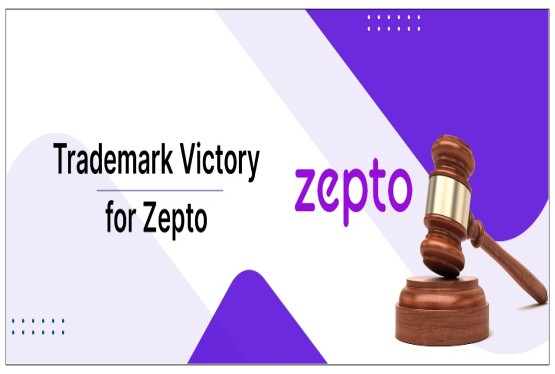




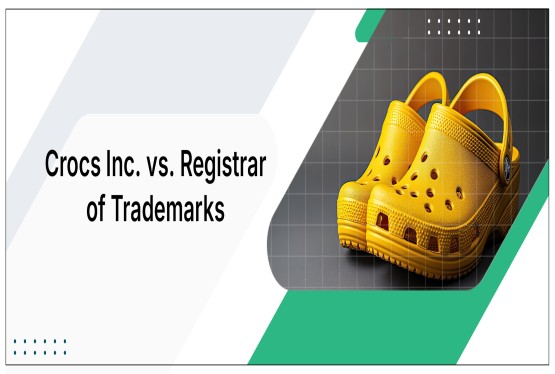




























_crop10_thumb.jpg)

















